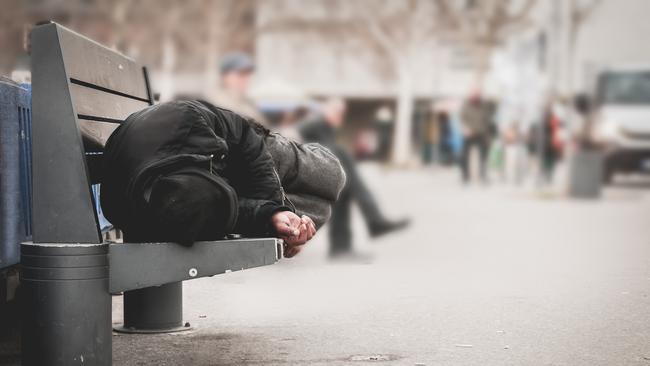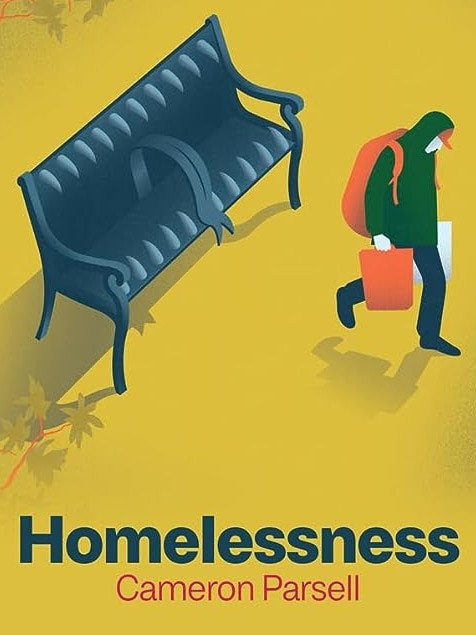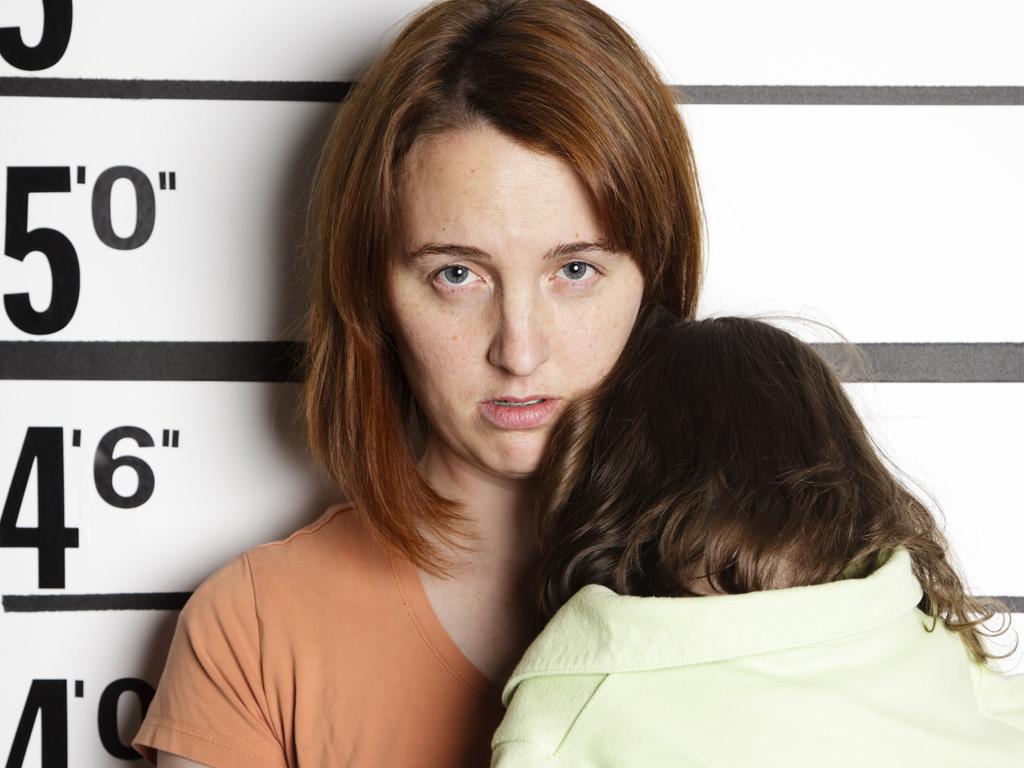The high cost of being homeless
To be homeless is understood as a failing. We tend to see it as a personal issue, when it’s in fact a social issue.

To be homeless, in our culture, is understood as a failing. Worse, it can be interpreted as a personal issue, rather than a social problem, by-product of health issues, economic iniquity, or relationship breakdown.
Yet, in August this year, Homelessness Australia found that between December and March, 6658 new people officially became homeless, an “unheard of” increase of 7.5 per cent. Women and children comprised 74 per cent of these numbers and, as the Australian Institute of Health and Welfare discovered in 2021, 42 per cent were fleeing violence.
The rate of homelessness is increasing more rapidly than population growth. Disquietingly, the 2022 Australian Homelessness Monitor reported that some “two-thirds of people experiencing homelessness do not in fact seek support”. It’s estimated that the true number of Australians without a home is now over a quarter of a million.
A significant proportion of these people are, due to limited state housing, turned away.
In Homelessness: A Critical Introduction, University of Queensland Professor Cameron Parsell addresses the issue of homelessness from every angle. His baseline is respect, particularly in relation to the way those experiencing housing deprivation are addressed. Researchers, Parsell writes, have found that “unaffordable and affordable housing, both with and without government subsidies, played a far greater role in predicting homelessness or promoting stable housing trajectories than personal characteristics”.
As the Australian Institute of Health and Welfare noted, the factors contributing to homelessness are many and varied. For example, Parsell writes that in America, 5-8 per cent of young people identify as LGBTQ and yet that same group accounts for 40 or so per cent of youth homelessness. Research “shows how abuse, conflict, and disagreement about sexuality and gender pushes people out of the family home and into homelessness. In this way we can see societal stigma as a force that triggers homelessness” for nonconformists.
Anyone doubting the prejudice against those experiencing homelessness need only refer to “Bumfights”, a series of grotesque videos celebrating violence among men who sleep rough. An alcoholic target was told to jump from a hill and land on concrete; another was instructed to punch his designated adversary in the face (“Look, I gotta hit you, all right?”), resulting in a severe bone break; yet another was coaxed into having the word “BUMFIGHT” tattooed across his forehead.
In a quiet, intelligent, and compellingly grave voice, Parsell explains housing as “central to accessing the opportunities to participate in democracy. Housing represents the resource that is necessary to “determine one’s own life” … “The experience of homelessness throws life into an unpredictable chaos whereby one becomes reliant on the care, and subject to the control, of others: often on both. It directly subverts the aspects of basic human life and dignity that we take for granted, or at least that we hold as normative”.
Homelessness, he adds, shows societal failings through the generation of suffering. Education, economic productivity, safety, and enriching relationships are all made possible by housing, which is also essential to good health. Those who are homeless die “up to 30 years earlier than the general population on average.” A disquieting percentage of these deaths is unnatural. Rates of victimisation of the homeless have been found to be “many times higher than those of the general population” – 379 such people were, between 1999 and 2012, murdered.

These are, of course, only the official numbers. As the US National Coalition for the Homeless reminded the public, “This figure represents only the incidents that were reported but because homeless people tend not to have families or friends to report them missing, it is difficult to know the actual number.” For example, two American men used baseball bats to ruthlessly beat two elderly men in 2005. That same year, a 45-year-old history teacher experiencing homelessness was accosted by four men as she slept. Two kicked her in the head before beating her into unconsciousness. She died 12 days later.
There are countless other such cases.
As Parsell writes, those without homes are perceived as disposable. A 2020 San Francisco study of 300 people who were homeless found that “87 per cent had experienced psychological violence, 48 per cent had experienced physical violence without a weapon, and 18 per cent had experienced physical violence involving a weapon”. Similarly, the “rate of gun-involved physical violence among study participants experiencing homelessness was 1800 times higher than the general population”.
Limited available data suggests “a startling disparity in reported incidence of victimisation” of those experiencing homelessness compared to the sheltered general public. This, then, is the true “spatial dimension of marginality”.
Social housing, Parsell concludes, permits “greater stability in housing trajectories” for the disadvantaged, acting as “a very strong protective factor”. Homelessness, here and overseas, is attributable to “the insufficient supply of affordable housing, a compelling argument for those motivated to address homelessness through intervention into housing markets”.
An affecting, cogently argued, and important work, Homelessness: A Critical Introduction not only dismantles socially destructive preconceptions, but replaces them with practical solutions benefiting both those who experience homelessness and the general population.
Antonella Gambotto-Burke’s new book is Apple: Sex, Drugs, Motherhood and the Recovery of the Feminine. Follow her on Instagram
Homelessness: A Critical Introduction
By Cameron Parsell
Polity Press, Nonfiction
256pp, $35







To join the conversation, please log in. Don't have an account? Register
Join the conversation, you are commenting as Logout